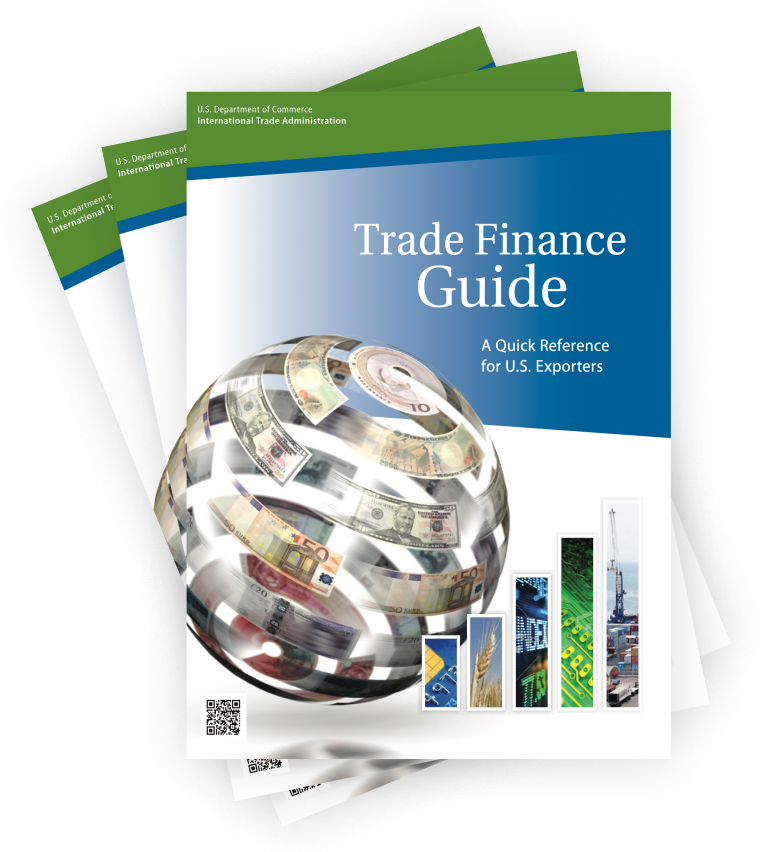The International Trade Blog International Sales & Marketing
How to Avoid the Most Common Errors in a Letter of Credit
On: September 2, 2019 | By:  Roy Becker |
2 min. read
Roy Becker |
2 min. read
 Many exporters become frustrated when they have shipped goods and then have to prepare documents to conform to the terms of the letter of credit. They suddenly realize they have to prepare or find certain documents that they did not anticipate, or they cannot meet other surprise requirements.
Many exporters become frustrated when they have shipped goods and then have to prepare documents to conform to the terms of the letter of credit. They suddenly realize they have to prepare or find certain documents that they did not anticipate, or they cannot meet other surprise requirements.
One frustrated exporter exclaimed, "Why would a foreign bank write a letter of credit with all these unacceptable terms and conditions?"
What a great question to ask! Let’s discuss it and find the answer.
Does a bank arbitrarily draw up the terms of a letter of credit? No!
Then who tells them what to write into the letter of credit? The bank asks the buyer to complete an application for the letter.
Where does the buyer get the information? Since the buyer is the exporter's customer, can the exporter determine the terms in the letter of credit? The buyer is usually very grateful to receive instructions from the seller about the preferred terms of the sale.
Some exporters prepare a template of instructions to the buyer for opening a letter of credit. Many banks have a model, which an exporter can use as a guide. An exporter may prepare a customized template for each buyer. At a minimum, create a list of bullet points that includes important things such as the dollar amount, shipping and expiration dates, required documents, merchandise description, etc.
Some exporters have developed a proforma letter of credit. When they receive an order, they acknowledge the order and also send a copy of the proforma letter of credit.
Other exporters use a simple and effective technique. After receiving the instruction template mentioned above from the exporter, the buyer will complete an application for a letter of credit. With the completed application form, the buyer dictates to the bank the terms of the letter of credit as discussed above.
The exporter then requests each buyer to provide a copy of the completed application form to them before the buyer takes it to the bank. This allows the exporter to review the terms and provide feedback and suggestions, if necessary, to resolve differences at this stage in the process rather than waiting for the letter of credit to arrive and then go through a long and expensive amendment process.
The title of this article may be a bit misleading, which was my intention. Many people might think the most common error in a letter of credit has to do with discrepancies in the documents. However, the most common error occurs when the seller fails to be proactive early in the process.
Being proactive will reduce or eliminate the discrepancies that can crop up during payment time. Similar to the computer adage, GIGO (garbage-in-garbage-out), good instructions sent to the buyer will result in a well-written letter of credit, which will result in efficient collection of payment.
This post was originally published in August 2013 and has been updated to include current information, links and formatting.

About the Author: Roy Becker
Roy Becker was President of Roy Becker Seminars based in Centennial, Colorado. His company specialized in educating companies how to mitigate the financial risk of importing and exporting. Previous to starting the training company, Roy had over 30 years experience working in the international departments of several banks where he assisted many importers and exporters with the intricate banking needs associated with international trade.
Roy served as adjunct faculty in the International MBA programs at the University of Denver and University of Colorado in Denver. He conducted seminars at the World Trade Center Denver and The Center for Financial Training Western States, and was a guest lecturer at several Denver area Universities.
Roy retired in 2021.


